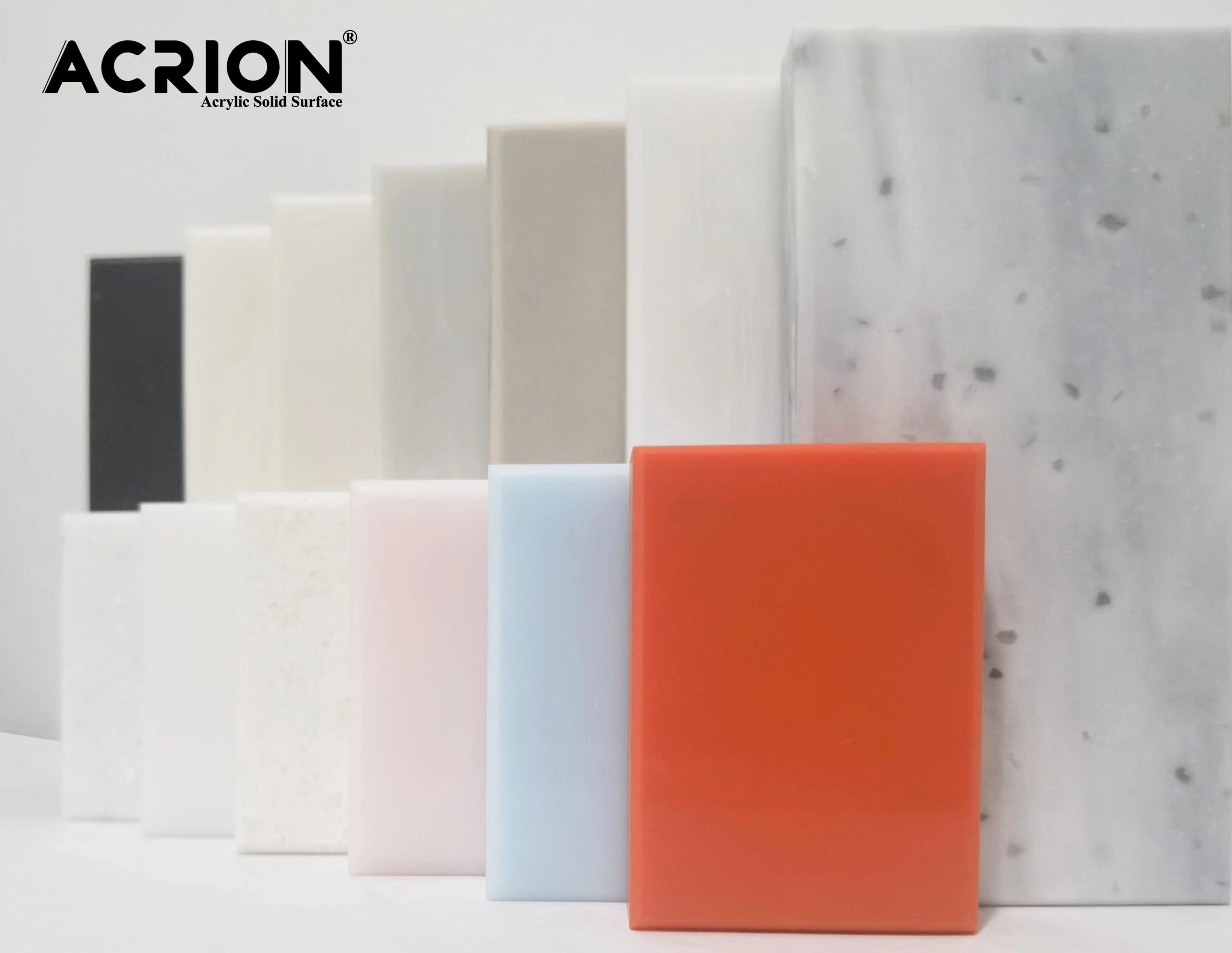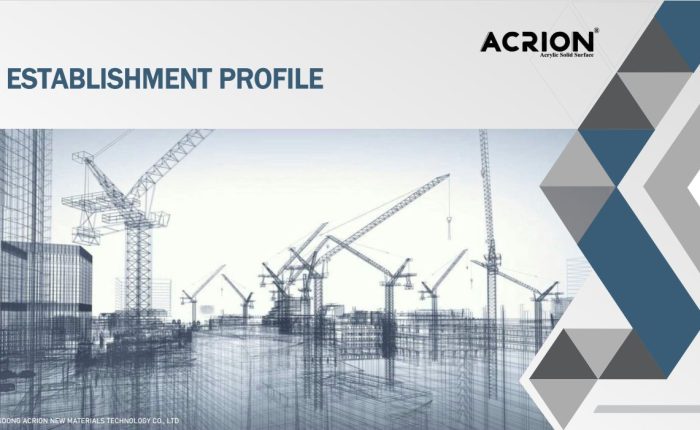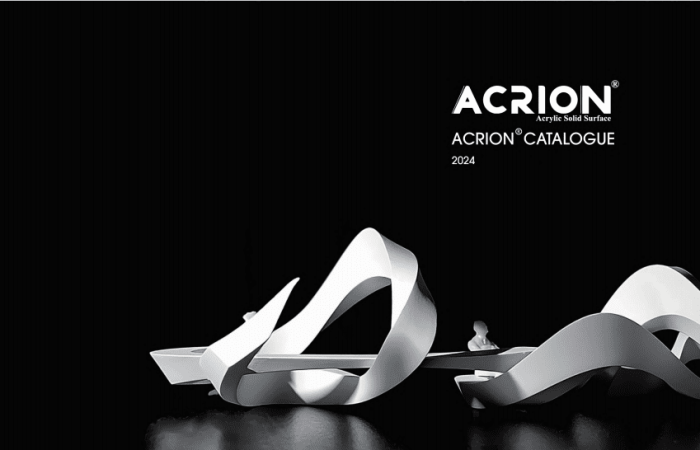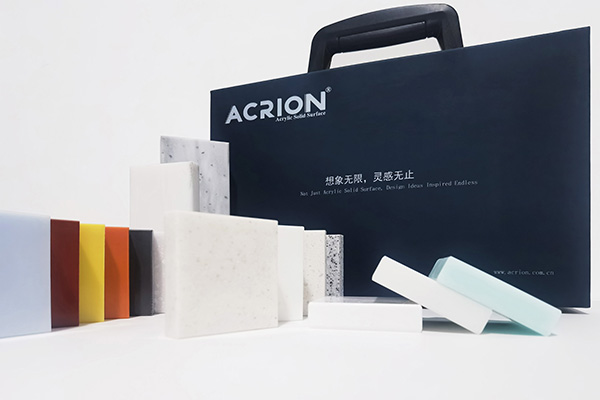การพิจารณาเชิงโครงสร้างสำหรับระบบสนับสนุนเคาน์เตอร์ ACRION
หลักการวิศวกรรมกรอบการรับน้ำหนัก
รากฐานของการติดตั้งเคาน์เตอร์ ACRION ใด ๆ อยู่ในความสามารถของโครงสร้างการสนับสนุนในการกระจายน้ำหนักอย่างสม่ำเสมอ สำหรับการออกแบบที่แขวนลอยยาวเกิน 2.5 เมตรขอแนะนำให้ใช้กรอบเหล็กสองชั้นที่มีคานหลัก 40 มม. และการเชื่อมข้าม 25 มม. การกำหนดค่านี้ได้รับความสามารถในการโหลด 150 กิโลกรัม/ตารางเมตรเมื่อปลอดภัยด้วยสลักเกลียวขยาย 12 ตัวต่อมิเตอร์เชิงเส้นระยะห่างที่ช่วง 40 ซม. กรณีศึกษาแสดงให้เห็นถึงประสิทธิภาพของระบบนี้ในการสนับสนุนโต๊ะเครื่องแป้งที่ถูกระงับ 2.5 เมตรโดยไม่ต้องเสียรูปที่มองเห็นได้นานกว่า 18 เดือนของการใช้งาน
การขยายตัวทางความร้อนจะต้องได้รับการพิจารณาในการออกแบบการสนับสนุน เมื่อรวมเอเคอร์กับองค์ประกอบความร้อนหรือในการใช้งานกลางแจ้งควรมีการรักษาช่องว่างการขยายตัว 3 มม. ระหว่างเคาน์เตอร์และโครงสร้างที่อยู่ติดกัน โดยทั่วไปแล้วช่องว่างเหล่านี้จะเต็มไปด้วยซิลิโคนที่มีความยืดหยุ่นสำหรับการเปิดรับอุณหภูมิอย่างต่อเนื่องระหว่าง -40 ° C และ 120 ° C ป้องกันการแตกร้าวที่เกิดจากอัตราการขยายตัวที่แตกต่างกัน
เทคนิคการติดตั้งที่แม่นยำสำหรับการกำหนดค่าที่ซับซ้อน
สำหรับเคาน์เตอร์รูปตัว L หรือรูปตัวยูข้อต่อมุม MITERED ต้องได้รับการสนับสนุนเป็นพิเศษ มุมภายในควรรวมการเสริมแรงแบบกว้าง 15 มม. ลงในอุณหภูมิที่อยู่ในเอเคอร์ในระหว่างการผลิต หิ้งนี้รวมกับตัวยึดเชิงกลที่เว้นระยะเวลา 150 มม. ป้องกันการงอที่ข้อต่อ ในแอปพลิเคชั่นของ Kitchen Island วิธีนี้ยังคงความสมบูรณ์ของโครงสร้างแม้จะมีโหลดทุกวันเกิน 200 กิโลกรัมจากเครื่องใช้และการจัดเก็บ
การติดตั้งอ่างล้างจานต่ำกว่าต้องการการเสริมแรงแบบคู่ ขั้นแรกต้องรวมชั้นวางของความหนา 12 มม. เข้ากับเฟรมเวิร์กของตู้โดยขยายออกไป 50 มม. เกินกว่าขอบเขตของอ่างล้างจาน ประการที่สองหน้าแปลนอ่างควรได้รับลูกปัดอย่างต่อเนื่องของกาวโครงสร้างด้วยเวลารักษา 24 ชั่วโมงเสริมด้วยคลิปสแตนเลสเว้นระยะเว้นระยะเวลา 200 มม. การรวมกันนี้ช่วยป้องกันการเคลื่อนที่ของอ่างล้างมือภายใต้แรงดันน้ำตามที่ตรวจสอบผ่านการทดสอบความเครียด 5,000 รอบ
โซลูชั่นขั้นสูงสำหรับพื้นที่ที่ท้าทาย
ในการใช้งานที่มีการรองรับผนังที่ จำกัด เช่นพาร์ติชันอิสระหรือตัวแบ่งห้องพักโครงสร้างเอเคอร์ที่รองรับตนเองจะทำงานได้ ด้วยการผสมผสานแผงมดลูกหนา 6 มม. เข้ากับแกนอลูมิเนียมรังผึ้งภายในนักออกแบบที่ประสบความสำเร็จครอบคลุมถึง 3 เมตรโดยไม่ต้องรองรับระดับกลาง กุญแจสำคัญอยู่ในการรักษาความแข็งแรงของการยึดเกาะแบบแผงกับคอร์เกิน 3N/mm²ทดสอบผ่านการทดลองต้านทานแบบดึงออก
สำหรับการติดตั้งแบบโค้งเช่นเคาน์เตอร์แท่งหรือโต๊ะรับสัญญาณการขึ้นรูปความร้อนช่วยให้การเปลี่ยนผ่านไร้รอยต่อ กระบวนการนี้เกี่ยวข้องกับการให้ความร้อนกับ ACRION ถึง 160 ° C จากนั้นสร้างมันขึ้นเหนือแม่พิมพ์ที่กำหนดเองด้วยรัศมีให้แน่นเท่ากับ 50 มม. เพื่อป้องกันการแตกหักของความเครียดในระหว่างการดัดวัสดุควรถูกปรับสภาพที่ 80 ° C เป็นเวลา 2 ชั่วโมงก่อนที่จะเกิดขึ้น เทคนิคนี้สร้างเคาน์เตอร์ Wraparound 180 องศาที่มีความหนา 12 มม. ที่สอดคล้องกันตลอดเส้นโค้ง
การรวมเข้ากับวัสดุที่แตกต่างกัน
เมื่อ ACRION พบกับกระเบื้องหรือหิน backsplashes ข้อต่อการเคลื่อนไหวกลายเป็นสิ่งจำเป็น ร่องกว้างขนาด 10 มม. ลึก 5 มม. ควรถูกกำหนดเส้นทางตามขอบเอเคอร์ซึ่งมีการใส่แถบตัดแต่งโลหะที่ยืดหยุ่น สิ่งนี้ช่วยให้การเคลื่อนไหวที่แตกต่างกัน 3 มม. ในขณะที่ยังคงรูปลักษณ์ที่สวยงาม ในการปรับปรุงห้องน้ำวิธีนี้จะป้องกันการแคร็กที่อินเตอร์เฟสกระเบื้องเอวแม้จะมีความผันผวนของความชื้นตามฤดูกาลจาก 30% ถึง 70%
สำหรับการใช้งานในครัวกลางแจ้งที่ ACRION ติดอยู่กับองค์ประกอบของหินธรรมชาติซิลิโคนที่มีความเสถียร UV พร้อมคุณสมบัติการบ่มที่เป็นกลางจะต้องใช้ ความกว้างร่วมควรเท่ากับการขยายตัวประจำปีที่คาดหวังของวัสดุทั้งสองรวมกันโดยทั่วไป 8-12 มม. ในสภาพอากาศที่อบอุ่น วิธีการนี้ยังคงรักษาความสมบูรณ์ของซีลในการติดตั้งชายฝั่งที่สัมผัสกับสเปรย์เกลือและอุณหภูมิสุดขั้วจาก -5 ° C ถึง 45 ° C ในระยะเวลาสามปี



